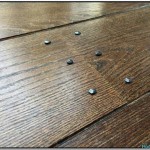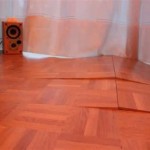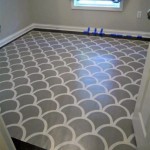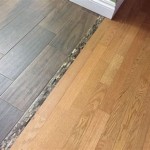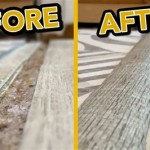Floating vinyl plank flooring is a great way to update any room in your home. It is easy to install and can be done in a short amount of time. With a few simple steps, you can install your own vinyl plank flooring in just a few hours. Here are some tips to help you get started.
Step One: Prepare the Subfloor
The first step to installing your floating vinyl plank flooring is to prepare the subfloor. Make sure the surface is free of debris, dust, and dirt. If there is any moisture, it is important to make sure it has been dried completely before beginning. You may need to use a floor leveling compound to ensure the subfloor is even and ready for installation.
Step Two: Measure and Cut the Flooring
Once the subfloor is ready, you will need to measure and cut the vinyl plank flooring to fit your space. Measure carefully so that you know exactly how much flooring you will need. Cut the flooring using a sharp knife or a saw. Make sure each piece fits snugly against the wall and that there are no gaps.
Step Three: Install the Underlayment
Before you begin to lay the vinyl plank flooring, it is important to install the underlayment. This will provide cushioning and help to absorb sound. Lay the underlayment in strips and make sure it is even and secure. Use adhesive tape to keep the underlayment in place.
Step Four: Lay the Planks
Once the underlayment is in place, you are ready to lay the vinyl plank flooring. Start in the corner of the room and work your way outward. Make sure each plank is securely connected to the plank before it and that there are no gaps. Use a rubber mallet to make sure the planks are firmly connected.
Step Five: Trim the Edges
Once all the planks are in place, you will need to trim the edges. Use a sharp knife or a saw to trim the excess flooring from the edges of the wall. Make sure the edges are even and flush with the wall for a professional finish.
Step Six: Seal the Floor
The last step to install your floating vinyl plank flooring is to seal the floor. This will protect the floor from water damage and wear and tear. Make sure you use a sealant that is specifically designed for vinyl flooring. Apply the sealant evenly and allow it to dry before walking on the floor.
Conclusion
Installing floating vinyl plank flooring is a great way to update any room in your home. With a few simple steps, you can have a beautiful, professional-looking floor in just a few hours. By following these tips, you can ensure that your flooring is installed correctly and will last for years to come.



:max_bytes(150000):strip_icc()/easy-install-plank-vinyl-flooring-1822808-09-a1f83db7bdf74f279f45594b897de82d.jpg)
:max_bytes(150000):strip_icc()/easy-install-plank-vinyl-flooring-1822808-06-3bb4422ca1bd49b080bfa73bce749acc.jpg)
:max_bytes(150000):strip_icc()/easy-install-plank-vinyl-flooring-1822808-07-9e82b716c3e94264b4a6084e174e9aeb.jpg)

:max_bytes(150000):strip_icc()/easy-install-plank-vinyl-flooring-1822808-02-19a3b80cd59943938a401560203706f3.jpg)





:max_bytes(150000):strip_icc()/easy-install-plank-vinyl-flooring-1822808-05-91e4c44966a145a39ad38430e4f7cc45.jpg)

Related Posts


